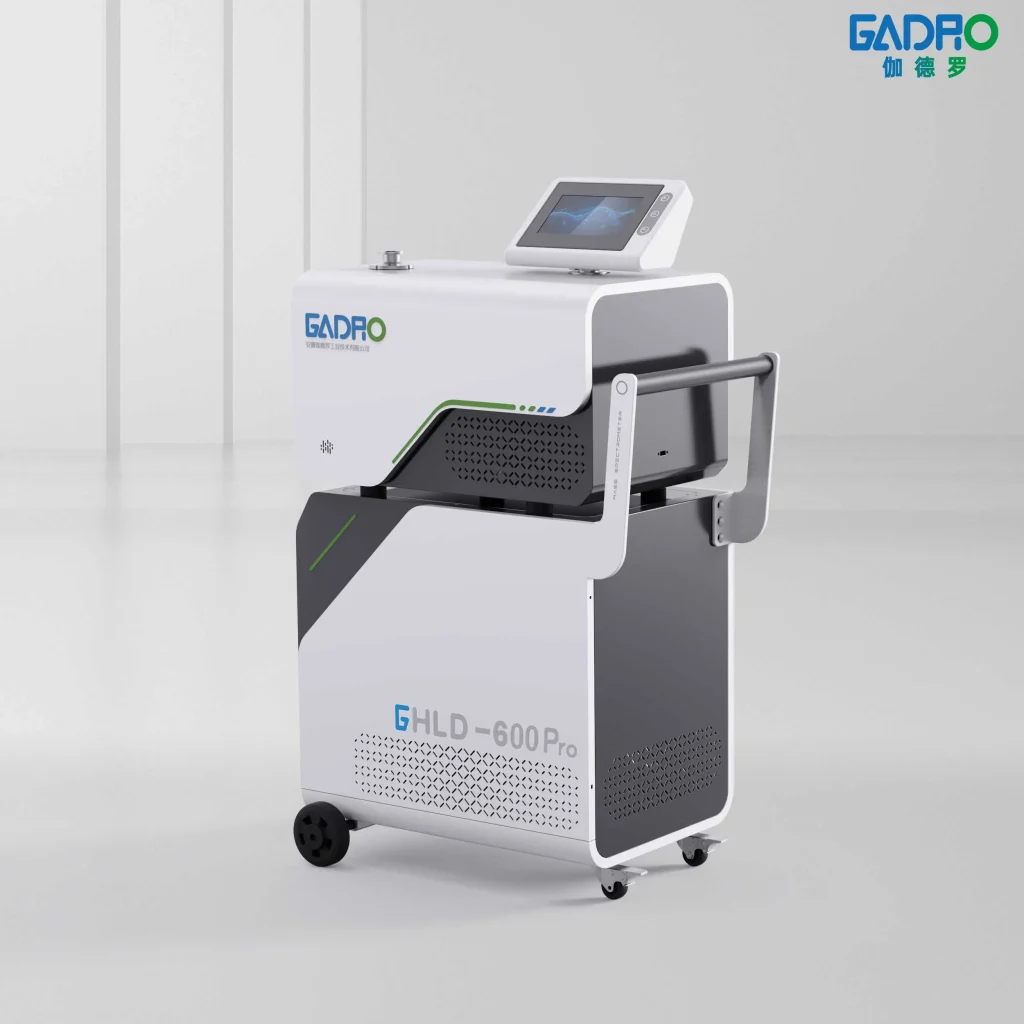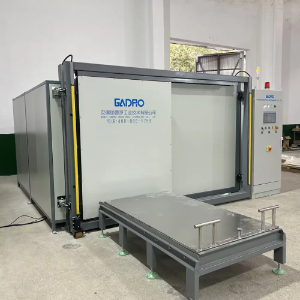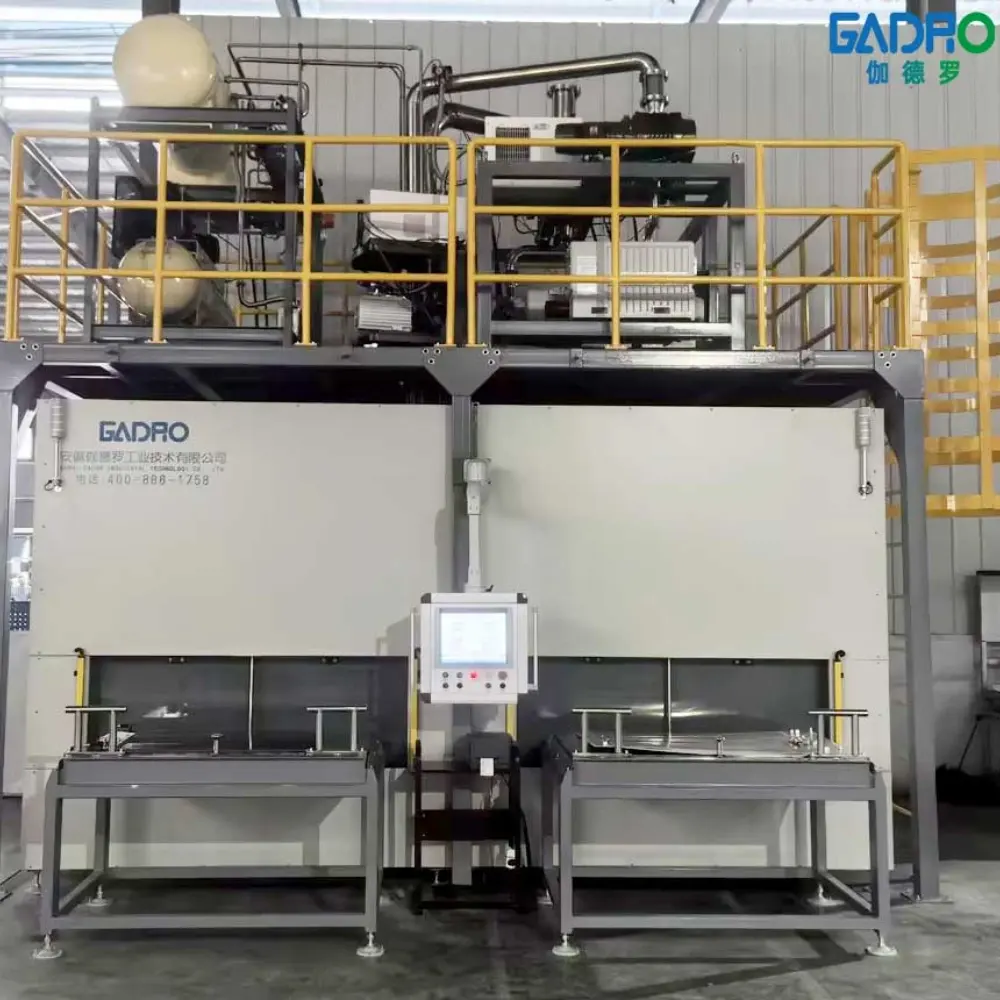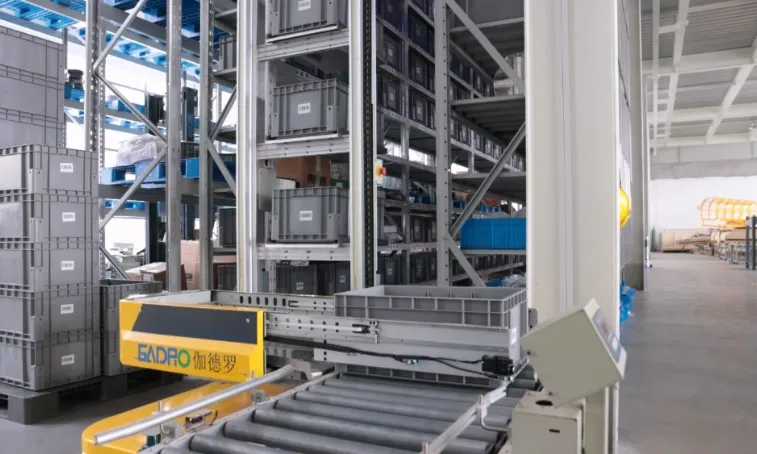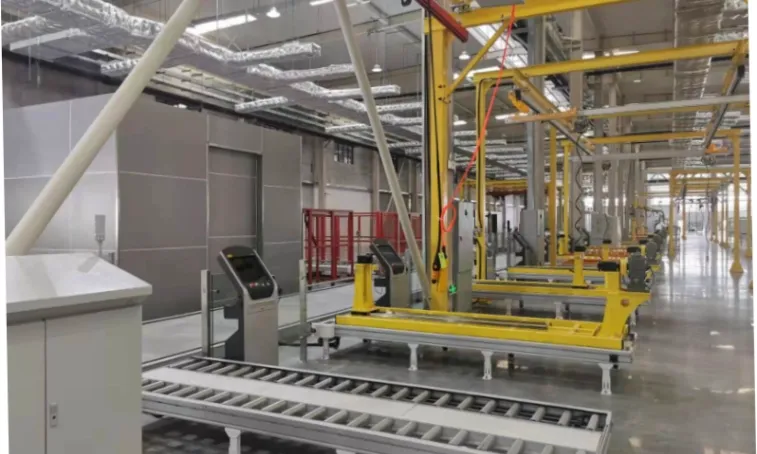Table of Contents
Why Leak Detection Is Crucial For Vacuum Systems?
If you have a vacuum system, you’ve invested significant resources in vacuum pumps, pipes, hardware, and instruments. However, if a leak occurs, your system will fail to operate efficiently, leading to wasted resources and costs.
Helium leak detection is a critical step that should not be skipped during the operation of vacuum systems. Leak detection is essential to ensure that your system functions effectively and performs at its full potential.
Why Detect Leaks in a Vacuum System?
- Protection of People and Environment: Leaks in pressurized equipment or systems can cause harmful substances (toxic liquids or gases) to leak into the environment, which poses a risk to both personnel and the surrounding environment.
- Product Quality Assurance: Material loss, or the penetration of foreign objects or gases, can negatively impact product quality and reliability, exceeding pass/fail design standards.
- Machine and Manufacturing System Maintenance and Preparedness: Unacceptable leak rates can jeopardize the readiness and safety of machines and systems, reduce their effectiveness, disrupt processes, and lead to defective final products.
Four Key Leak Detection Issues
How Can I Tell if My Vacuum System Has a Leak?
There are several methods available to detect leaks, but we recommend using a helium leak detector machine and isolating the system into smaller sections, ensuring each part meets your specifications. The key is to minimize the flow of helium as a tracer gas to accurately locate and repair any leaks in each test section. Ultimately, you’ll be able to isolate the vacuum system and pinpoint the leak source by eliminating the process.
Where is the Leak?
To find the location of the leak, you can use a helium leak detector and helium gas as a tracer gas. The key is to use the minimum amount of helium during the leak test and start from the highest point, farthest from the vacuum pump. For systems using vacuum, apply the integral method (from outside to inside). For pressurized systems, use the overpressure method and sniff (from inside to outside).
How Large is the Leak?
The size of a leak can be determined by measuring the leak rate using the leak detector. Leak detectors measure the concentration of helium in the system and calculate the flow rate, which helps assess the severity of the leak.
Applications of Leak Detectors
Leak detectors are critical tools in the vacuum system industry, and their application is wide-ranging:
- Vacuum Pump and Pipe Detection: Used to detect leaks in pipe connections, valves, and joints, ensuring no gas leaks inside the vacuum system.
- Product Manufacturing and Assembly: Especially in semiconductor, electronics, aerospace, and pharmaceutical industries, helium leak detection ensures that components and products meet strict vacuum environment standards.
- Routine Maintenance and Quality Checks: Vacuum equipment needs to be regularly checked for leaks to ensure long-term efficient operation. Helium leak detectors help identify leaks caused by wear, aging, or damage during operation.
- Environmental Monitoring and Safety: In certain industries, leak detection is not only about system operation but also about personnel and environmental safety. Helium, being an environmentally friendly and non-toxic gas, is ideal for these high-demand environments.
Conclusion
Helium leak detection plays a crucial role in vacuum system applications, ensuring the system’s stability and efficiency, as well as safeguarding both personnel and the environment. By properly using helium leak detectors, you can quickly and accurately locate and repair leaks, ensuring the high-performance and reliable operation of your equipment and system. In high-precision and high-demand vacuum systems, helium leak detection is an indispensable step.
About Gadro Helium Leak Detector
The Gadro fully automatic mobile helium mass spectrometer leak detector is a cutting-edge, portable solution designed for efficient and accurate leak detection. With its silent wheel design, the device operates smoothly and is equipped with advanced nitrogen mass spectrometry and reverse diffusion principles, ensuring high sensitivity and fast response times. Its 180-degree non-uniform magnetic field and automatic control features allow for precise peak tracing, calibration, and range switching, while maintaining excellent anti-interference capabilities.
This leak detector offers a minimum detectable leak rate of 2×10⁻¹³ Pa·m³/s, and comes with various inspection options, including simple, intermediate, and fine detection modes based on pressure levels. The machine boasts a rapid start-up time of less than 100 seconds and provides real-time leak rate monitoring with a display range of 1×10⁻² to 1×10⁻¹³ Pa·m/s. The system supports both digital and analog I/O interfaces for flexible integration.
Designed to withstand a wide range of working conditions (temperature: 5-40°C, humidity ≤75%), it operates efficiently on a 220V power supply and offers a selection of display units such as Pa·m³/s, mbar·l/s, atm·cc/s, and ppm. With a weight of under 110kg, the system is easy to transport and set up, making it ideal for mobile leak detection applications.
Key components of the leak detector include a high-performance turbo molecular pump, ultra-high-power mechanical pump, and a leak detector-specific 2/2-way valve, all of which ensure precision and reliability. Additionally, the device is equipped with essential accessories like quick-release flanges, power cords, fuses, an airbag, and a spray gun, along with a calibration certificate for assured performance.
